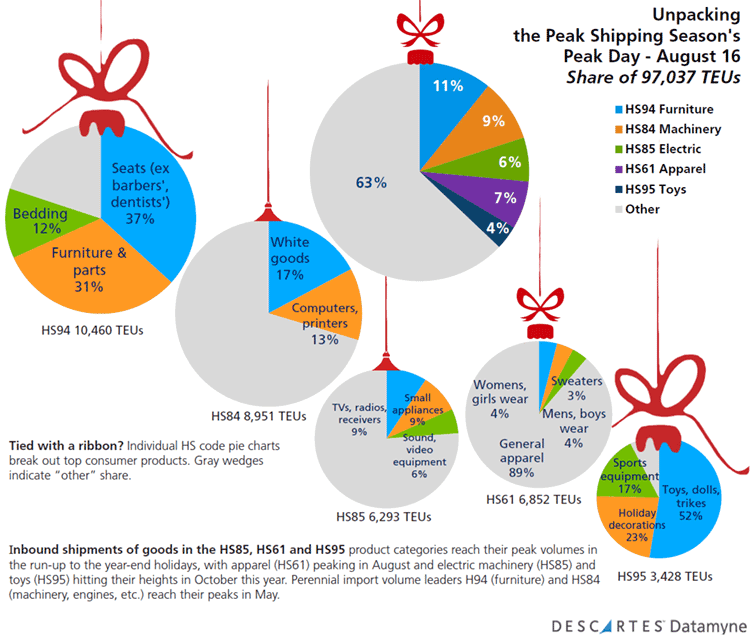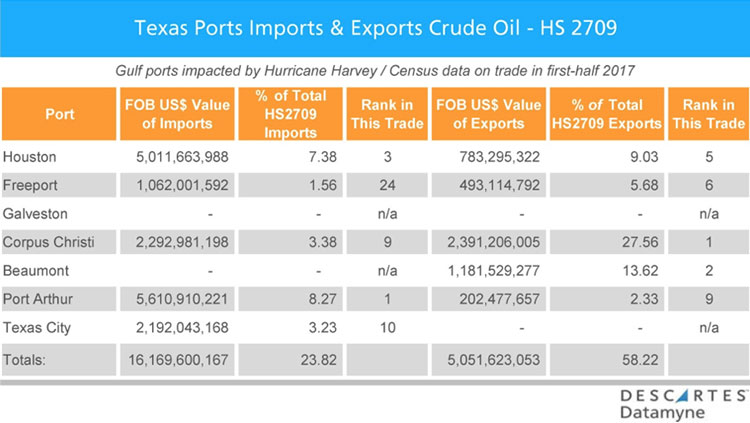Booking blues, box shortages and soaring rates plague shippers
By Bill Armbruster
Remember the good old days – like this time last year — when container carriers were putting up “For Sale” signs all over the place? Well, these days shippers are more likely to see “Sold Out” signs. And if you’re shopping for a container, there’s a good chance you will see a sign saying “Not Available.” You’re especially likely to be “boxed out” if you are an exporter in the Midwest or the Pacific Northwest.
As one forwarder told me, booking vessel space or a container this year has been like trying to buy tickets for a Bruce Springsteen concert. Tickets go on sale at 9 a.m., but you may be out of luck if you’re not at the head of the queue.
Fortunately for shippers, things have gotten better the past month or so, and the situation is likely to improve further over the coming months.
That’s because carriers are bringing laid-up vessels back in service. According to Alphaliner, the Paris-based consultancy, ship owners have reduced the supply of laid-up capacity by about a million TEUs since the beginning of December. On the other hand, Alphaliner subsequently reported that about 554,000 TEUs of capacity have been absorbed by “extra slow steaming” — meaning that vessels operate at speeds of 17 to 19 knots. That figure could reach 580,000 TEUs by July.
By the end of June, weekly trans-Pacific capacity will be up about 23,000 TEUs compared with the end of April, according to Philip Damas of Drewry Supply Chain Advisors, largely due to the restoration of six carriers. However, only about 4,000 TEUs of that additional capacity will be in all-water services. Carriers are also adding capacity in other U.S. trades.
Nonetheless, exporters and importers still have to book space at least two to three weeks in advance. Even then they might be shut out. One importer told me he had a container that was bumped twice – and that was by one of his regular carriers. The carrier was so embarrassed that it paid to airfreight the cargo from China to the U.S.
Meanwhile, don’t look for any quick improvement in container availability. A key reason that’s often overlooked is that so many container manufacturers in China, which accounts for about 95 percent of production, shut down during the recession. In 2007, production totaled 4.25 million TEUs, according to Containerisation International’s World Container Census. Production fell to 3.25 million TEUs in 2008, and then dropped off the table to just 350,000 units in 2009. This year it’s expected to climb back up to 1.5 million TEUs, but that is far short of what’s needed to replace containers that have been scrapped the last few years. CI forecasts that production will reach 3.4 million TEUs next year, but even that may not be enough to keep up with demand.
Soaring freight rates pose another obstacle for shippers. Sure, it was great when rates tanked, but your customers aren’t going to be happy when you tell them you have to raise your price because your freight costs are up 40 percent this year. If the customer balks when you try to pass along the higher rate, you may lose the sale – even if you can book a sailing.
Bill Armbruster, the anchor for The Datamyne Blog has covered shipping and trade for 30 years as a reporter and editor with The Journal of Commerce and Shipping Digest. “I’ll be blogging on headline news and current issues in oceangoing commerce, trying to shed some light on the backstories and, wherever I can, supply some sound advice for shippers.” Write to [email protected]
The opinions expressed in this article are those of its author and do not purport to reflect the opinions or views or Descartes Datamyne. In addition, this article is for general information purposes only and it’s not intended to provide legal advice or opinions of any kind and my not be used for professional or commercial purposes. No one should act, or refrain from acting, based solely on this article without first seeking appropriate legal or other professional advice.






